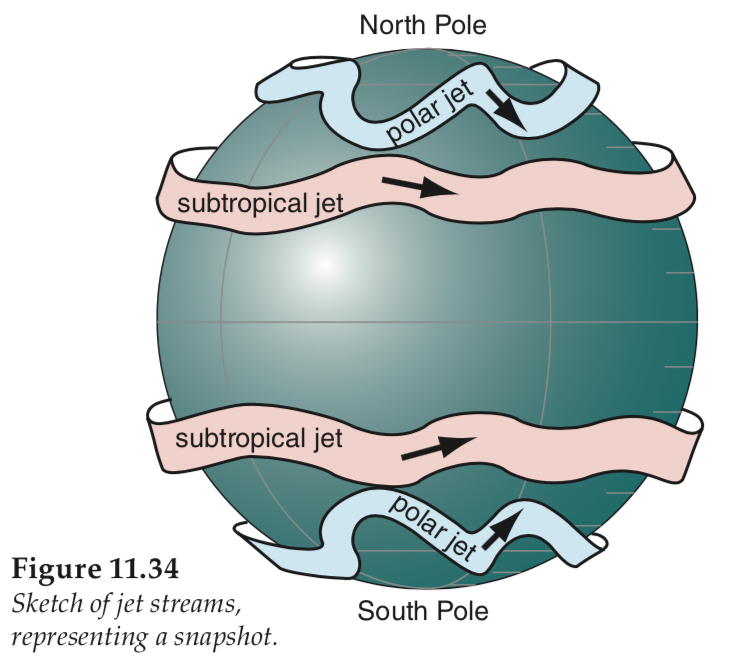The Rise of AI-Driven Urban Farming- In recent years, urban farming has evolved from a niche hobby into a promising solution to some of the world’s biggest challenges—food security, sustainability, and climate change. But what’s driving this transformation? The answer lies in the fusion of artificial intelligence (AI) and robotics. Together, these cutting-edge technologies are revolutionizing how food is grown indoors, making it more efficient, scalable, and sustainable than ever before.
Why Urban Farming Matters
With more than half the world’s population now living in cities, the demand for fresh, locally grown food is soaring. Traditional farming often requires vast amounts of land, water, and transportation—resources that are becoming increasingly scarce and costly. Urban farming brings agriculture right into the heart of cities, reducing the distance food travels from farm to table and shrinking its carbon footprint.
Indoor farming, in particular, allows growers to cultivate crops year-round, regardless of weather or season. This means fresher produce for urban dwellers and a more resilient food supply that can better withstand disruptions caused by climate change or global crises.
The Role of AI in Indoor Farming
Artificial intelligence plays a crucial role in optimizing indoor farming systems. At its core, AI can analyze massive amounts of data—think soil conditions, humidity levels, light intensity, and nutrient concentrations—and use this information to make real-time adjustments. This smart monitoring helps create the ideal environment for plants to thrive, resulting in higher yields and better quality crops.
For example, AI-powered sensors can detect subtle changes in plant health before they become visible to the naked eye. This early warning system allows farmers to intervene quickly, preventing disease or pest outbreaks and minimizing crop loss.
Moreover, AI algorithms can predict the best planting schedules and growth patterns based on historical data and environmental factors. This predictive capability reduces waste and ensures resources like water and energy are used efficiently.
Robotics: The Hands and Feet of Urban Farms
While AI provides the brains, robotics act as the hands and feet on the ground. Robots can perform repetitive tasks like planting seeds, watering plants, pruning, and harvesting with precision and speed—tasks that would be labor-intensive and time-consuming for human workers.
One exciting development is the use of autonomous drones and mobile robots equipped with cameras and sensors. These machines can navigate indoor farms to monitor crop health, apply fertilizers precisely where needed, and even pick ripe vegetables without damaging the plants.
Automation also helps urban farms scale up production without a corresponding increase in labor costs. This makes growing fresh food indoors not only more viable but economically sustainable.
Vertical Farming Meets Tech
Many indoor farms employ vertical farming techniques, stacking layers of crops in controlled environments to maximize space efficiency. When combined with AI and robotics, vertical farms can reach new heights—literally and figuratively.
For instance, robotic arms can tend to plants on upper levels of towering racks, and AI can optimize lighting and airflow for each vertical layer independently. This level of control ensures every plant gets exactly what it needs to flourish, all within compact urban footprints.
Sustainability Benefits
The integration of AI and robotics in indoor farming offers significant environmental benefits. Indoor farms use up to 95% less water than traditional agriculture by recycling water through closed-loop systems. AI further enhances this by ensuring no drop is wasted.
Energy efficiency is another focus. AI systems can manage LED grow lights, adjusting brightness and spectrum to match the plants’ growth stages, which reduces unnecessary power consumption. Additionally, robots powered by renewable energy sources can help minimize the carbon footprint of farm operations.
By growing food locally, urban farms reduce reliance on long-distance transportation, lowering greenhouse gas emissions and food spoilage.
Challenges and Future Outlook
While the promise of AI and robotics in urban farming is immense, challenges remain. The upfront investment for high-tech indoor farms can be substantial, and integrating complex systems requires skilled operators. However, as technology advances and becomes more affordable, these barriers are gradually lowering.
Looking ahead, innovations like AI-driven genetic selection could lead to crops specifically bred for indoor environments, further boosting productivity. Also, advances in machine learning will make robots even smarter and more adaptable.
The future may even bring fully autonomous urban farms, capable of operating with minimal human oversight, supplying cities with fresh, nutritious food grown just steps away from consumers.
Final Thoughts
AI and robotics are not just buzzwords—they’re game changers for urban farming and the future of food. By combining smart technology with innovative farming practices, cities can become hubs of sustainable agriculture, reducing environmental impact and ensuring food security for growing populations.
Whether you’re an urban dweller curious about where your next salad comes from or a tech enthusiast fascinated by AI’s potential, the rise of indoor farming powered by AI and robotics is a story worth watching. It’s a future where fresh food is grown smarter, closer, and more sustainably than ever before.


